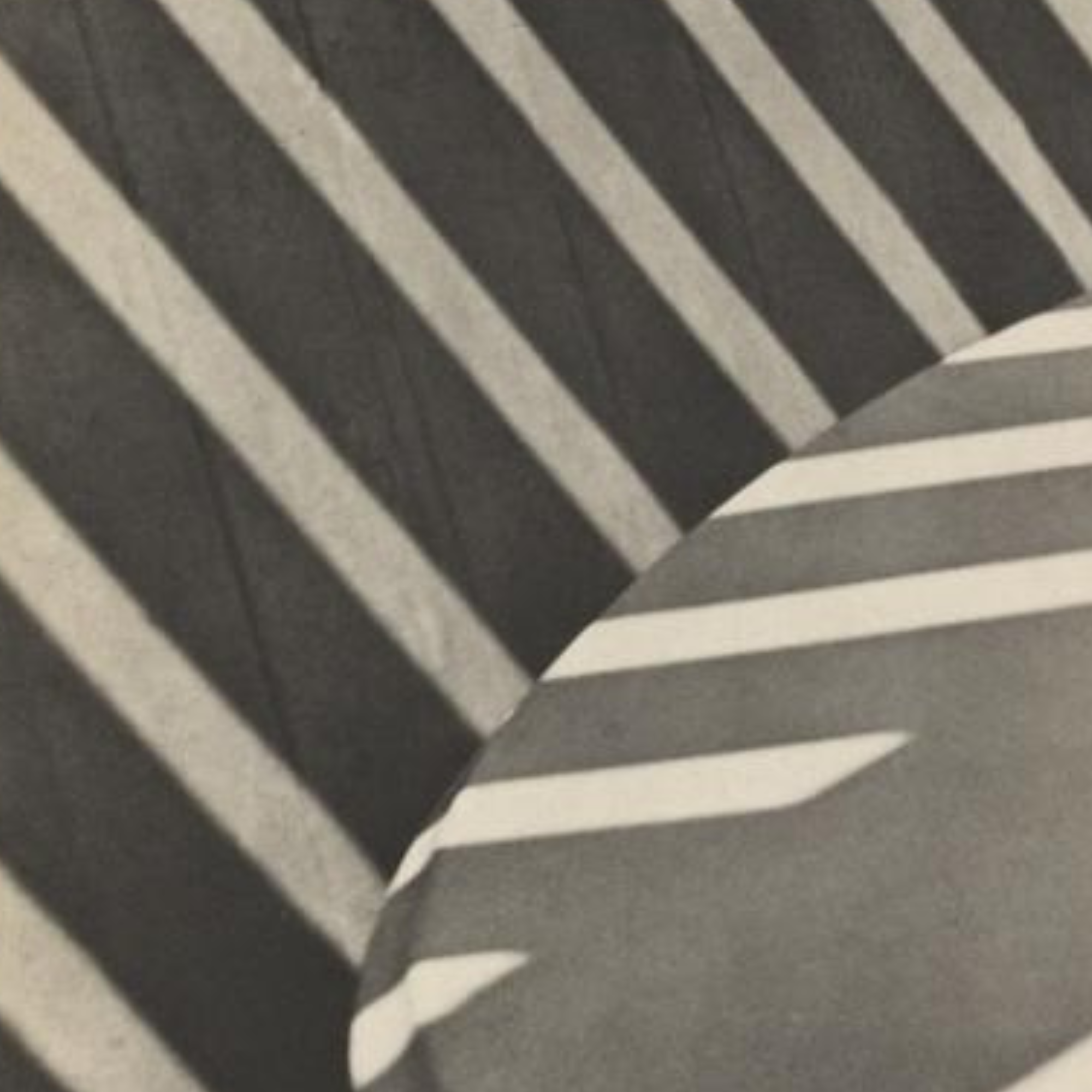- Studio Dirt
- Posts
- Invisible architecture
Invisible architecture
The fictionalized drug trip.

Daisy Alioto in conversation with Geoff Rickly about his book Someone Who Isn’t Me, out today on Audible with an original score. This interview originally ran in July 2023.
Some reviews of Geoff Rickly’s novel Someone Who Isn’t Me (Rose Books, July 2023) will probably focus on the parallels between the book and Rickly’s biography. After all, the narrator and author share a name. Like Geoff, the main character works at a record label in Greenpoint, used to front a famous emo band, broke his nose onstage, had dealings with Martin Shkreli.
All reviews will mention the central resemblance: which is that Geoff, the character, treats his opioid addiction at an ibogaine clinic in Mexico through a supervised psychoactive trip that defies description—though Geoff Rickly, the author, has put pen to paper regardless.
The result is a multi-structured journey through the narrator’s memory and consciousness that sometimes resembles a skyline and other times the smallest domestic spiral. Within Someone Who Isn’t Me, time and interiority have their own structures, and Rickly’s interest in the built environment jumps off the page.
As his friend, I wanted to ask him about architecture and the inspirations that constructed such an invisible city of a book.

Daisy Alioto: One of my favorite aspects of the book was the layered architecture. Was there a “room” or episode that you built everything around?
Geoff Rickly: I felt strongly that the ibogaine part should be all present tense. I wanted to give the reader an experiential thrill of “being there,” strapped in for the ride. But it complicated the first section of the book, Inferno, which is closer to natural realism. Having too much memory or reflection in the first part (especially anything in the past tense), made the non-sequential second part so confusing. So we largely stripped memory out of the first part and made it an aspect of the character’s addiction: how can he reflect when he’s constantly lost in withdrawal, getting high or lost in desperation for the next fix?
Instead we had to find a different architecture for memory. It occurred to me that the dichotomy could also be viewed through the lens of internal life vs. external life. That’s where I started getting interested in architecture. What are the different forms that I might be able to build as my interior life? I wasn’t interested in the “memory palace” device that people use, I wasn’t worried about retaining information. Instead I became hyper-fixated on the idea of a “dream house” as a place that I might build inside my character as an interior space.
Anyone who’s ever gotten what they wanted has understood that the desire was where the power was.
I thought about a lot of your writing that I was reading at the time. Not just on architecture but on the concept of luxury, I understood finally that luxury isn’t always about buying something lavish but about the dream that we all carry with us for free. Anyone who’s ever gotten what they wanted has understood that the desire was where the power was. So I really started thinking about this dream house space: how I desired an interior that was the house of my dreams.
As for the actual structure of the dream house, I went with a series of nested circles. Feldman Architecture, roundhouses, even early settlements based around round fortifications…these were the shapes that made sense to me. And I patterned this idea through the rest of the book: tree rings, chandeliers, children’s mazes, as well as sound waves in the form of echoes.
DA: Tell me about the impact Italo Calvino’s Invisible Cities had on the book.
GR: Invisible Cities was a formative text for me. I read it my first year in college and it opened me up to the possibilities of fiction—I used to dream about someday making a comic book out of it. I’ve always been obsessed with the high-brow/low-brow collision. Pedro Almodóvar is my favorite director. I like things that are serious about play and playful with matters of life and death. Calvino is a big part of that sensibility.
When structuring the episodic “flashback” sequence that grows increasingly surreal in the ibogaine section, I kept thinking of Invisible Cities—gesturing towards the boundaries between reality and fiction, as well as the past and the present, Calvino gave me a road map: what if Marco Polo was exploring his own interior world, instead of the vast corners of a kingdom? That was my starting point for the final chapter of the ibogaine section.
DA: Is it possible to embrace invisible architectures without dissociation?
GR: I struggled for years with a way to dramatize the experience that I had when I took ibogaine. Every new scene that I wrote felt like I was grasping for a language that didn’t exist. No one writes about ibogaine. Even Michael Pollan’s How to Change Your Mind (the hallucinogen omnibus) mentions ibogaine only as a footnote. It truly is too out there for even the most experienced drug user. So there was a process of building concepts that needed to predate my characters and plots. As the character explores the boundaries of their identity, the thing I kept returning to was: we all have hidden rooms inside of us, and those hidden rooms have magic wardrobes that lead to hidden worlds.
No one writes about ibogaine.
I remember when I was really struggling with my own addiction, I told my mom “I don’t even know myself.” And she said, “Oh honey, none of us really know ourselves.” I think that is so true. It’s not that I “know myself” now… it’s just a matter of known unknowns.

MORE FROM DIRT
|

